KAISERSLAUTERN, Germany - Sixteen members of the 405th Army Field Support Brigade returned here May 9 after participating in Exercise Austere Challenge '10, during which they validated the brigade's capability to deploy and operate a forward command post. The brigade's mission requires support of both U.S. European Command and U.S. Africa Command, requiring capability to deploy an FCP to sustain theater operations.
"As a deployable brigade, we must train and practice so that we can be prepared for a deployment if we have to execute one in the future," said Col. Jack Haley, commander of the 405th AFSB. "We had a very thorough review of last year's exercise and learned some lessons about what we needed to improve, and we executed our deployment even more effectively this year."
For this deployment exercise, the brigade utilized two new pieces of equipment in the FCP. For the first time, the brigade erected a Deployable Rapid Assembly Shelter.
"The brigade currently has two different-sized tents in our inventory for establishing a FCP in the field," explained Maj. Kevin Emerick, a member of the deployment team. "The DRASH is unique in that the design incorporates a self-contained composite frame, so there are fewer poles, parts and pieces to go missing. The primary advantage is the relatively short amount of time required for set-up in comparison to the old General Purpose - Small and General Purpose - Medium canvas tents."
The brigade also used a SIPR/NIPR Access Point for the first time. The SNAP is a satellite communications system that enables the brigade to be self-supportive in communications.
"By utilizing the SNAP, the FCP was able to conduct both secure and non-secure video teleconferences and access worldwide Defense Switched Network voice telephone lines," explained Mark Dillingham, the brigade's director of information management. "The FCP was also able to host other systems, including the Command Post of the Future, which enhanced the brigade's capabilities to support our mission during the exercise."
Lt. Col. Eric Helm, the FCP officer-in-charge, was impressed by the SNAP.
"Our information technology and communications team did a great job setting up and maintaining the SNAP during the deployment," he said. "By using the system, our communications capabilities were extremely reliable throughout the exercise."
Helm was also proud of the way the team operated in a field environment.
"The teamwork displayed by the Soldiers and the civilians in making the exercise a success was incredible," he stated. "I was especially impressed by the civilians who stepped out of their normal work environment and enthusiastically assisted in building the FCP and making it operational."
Haley believes that exercises such as AC10 are critical to the brigade.
"These exercises are extremely important for us," Haley said. "It's our chance to get out in the field and do what we're prepared to do - deploy in support of the Soldier."
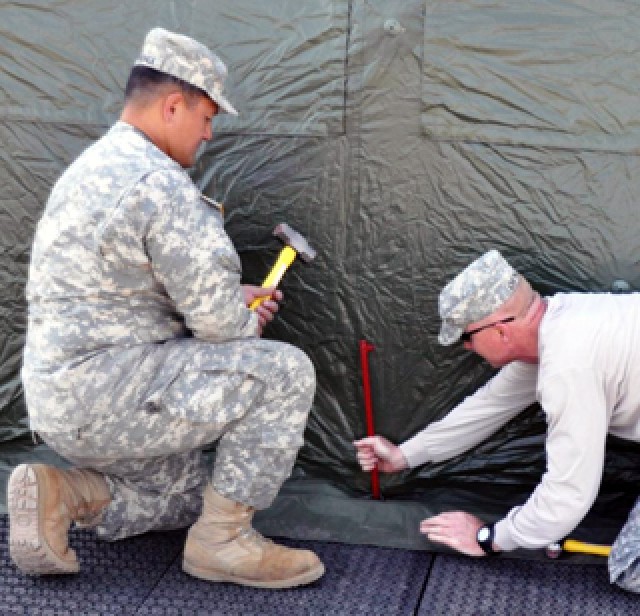
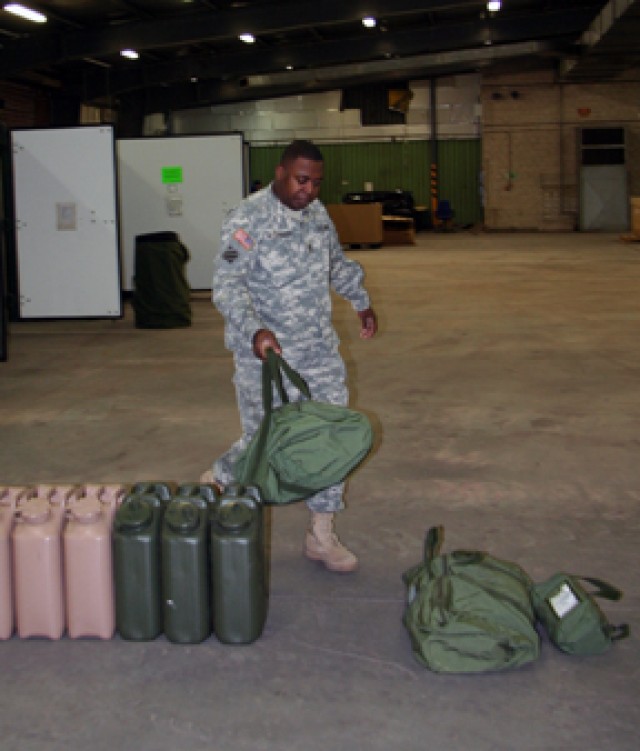
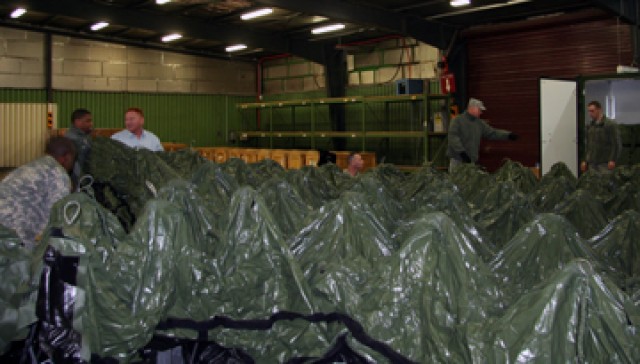
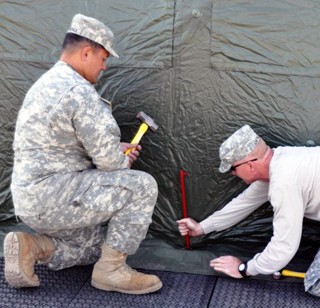
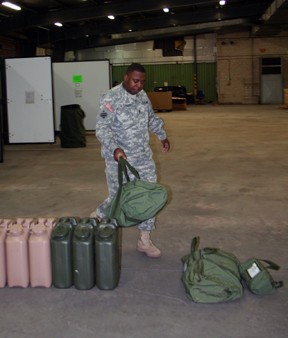
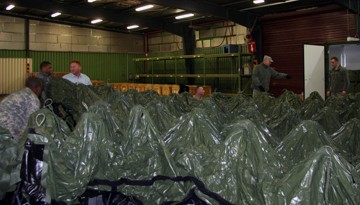
Social Sharing